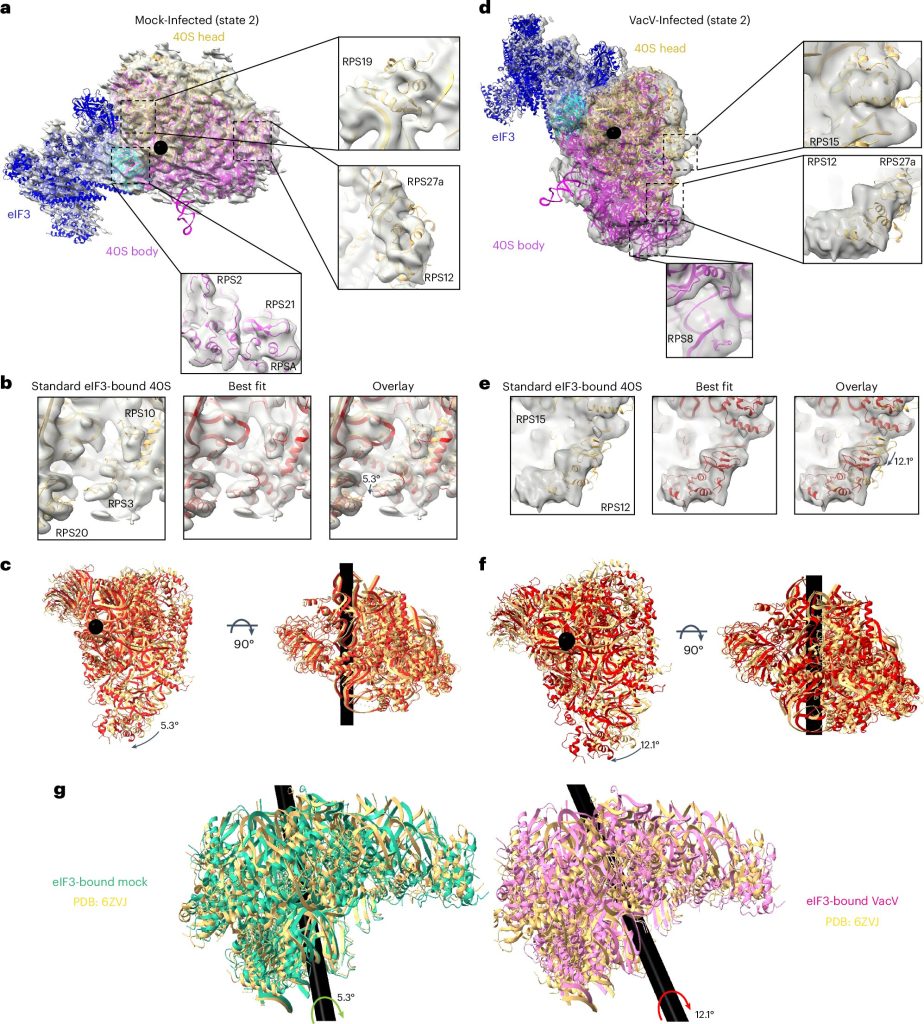
Viruses have a sneaky way of multiplying: they hijack the cellular machinery of human cells to churn out copies of themselves. This process leaves behind tiny remnants, known as “transposable elements,” within our genetic material (genomes). These elements are much simpler than viruses yet they depend on host cells to replicate.
While most of these inserted segments have been silenced over time thanks to our body’s defenses, some, known as “jumping genes,” can still move about in our genome, much like viruses do. Among them is the long interspersed nuclear element 1 (LINE-1), a unique element that retains the ability to move on its own.
Similar to the HIV retrovirus, LINE-1 operates by first converting itself into RNA—a type of genetic material that pairs with DNA. Then, that RNA copy is reverted back into DNA, which can insert itself at a different spot in the genome.
This process contributes new genetic code every time LINE-1 jumps, accounting for an impressive 20% of our genome with about 500,000 LINE-1 repeats. Although these jumps can drive evolution, they also pose risks, potentially leading to disorders, cancer, and even aging by inserting themselves into crucial genes or triggering inflammatory immune responses.
For LINE-1 to replicate, it must access each cell’s nucleus—the protective barrier that houses DNA.
Recently, a study, published in the journal Science Advances, uncovered that LINE-1 makes its move during the fleeting moments when the nuclei open up as cells divide. This division is essential for tissue maintenance as we grow older.
The researchers discovered that during these brief windows, LINE-1 RNA forms clusters alongside one of the proteins it produces, called ORF1p. These clusters attach firmly to DNA until the nucleus closes back up after cell division.
Led by experts from NYU Langone Health and the Munich Gene Center at Ludwig-Maximilians-Universität (LMU) München in Germany, the study highlighted that LINE-1 can only grab onto DNA when ORF1p—capable of binding to RNA, DNA, and itself in multi-protein chains—forms large clusters called condensates.
As more ORF1p molecules come together, they effectively envelop the LINE-1 RNA, increasing the number of binding points available for the entire cluster to latch onto DNA.
“Our research sheds light on how a genetic element that’s become significantly integrated into human DNA can effectively enter the nucleus for self-replication,” explained Liam J. Holt, Ph.D., an associate professor at the NYU Grossman School of Medicine.
“These insights about how LINE-1 inserts itself could pave the way for developing therapies aimed at preventing its replication.”
The study also suggests that LINE-1 condensates function as delivery systems, positioning their RNA near specific DNA sequences rich in adenine and thymine—regions where LINE-1 is most likely to insert. Encapsulated in these condensates, LINE-1 may dodge the cellular mechanisms designed to keep large particles out of the nucleus during the cell division process—similar to how the body defends against viruses.
“One interesting finding is that the ability of LINE-1 condensates to bind to DNA only appears when there’s a high enough ratio of ORF1p to RNA,” added Dr. Holt. “Going forward, we plan to investigate whether other condensates also experience functional changes based on their component ratios.”
Find More information Here:
Sarah Zernia et al, LINE-1 ribonucleoprotein condensates bind DNA to enable nuclear entry during mitosis, Science Advances (2025). DOI: 10.1126/sciadv.adt9318. www.science.org/doi/10.1126/sciadv.adt9318
If you would like to see similar science posts like this, click here & share this article with your friends!


